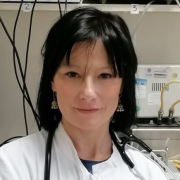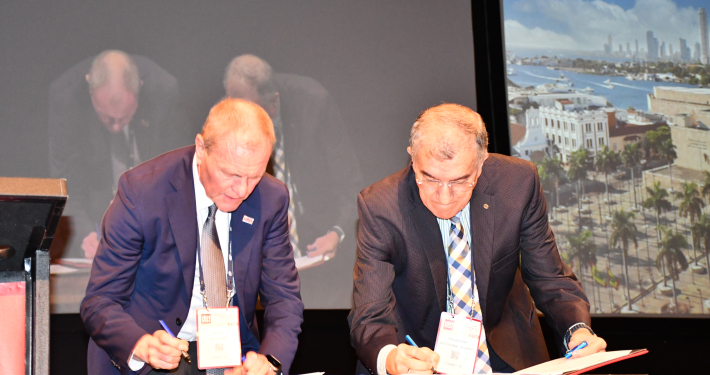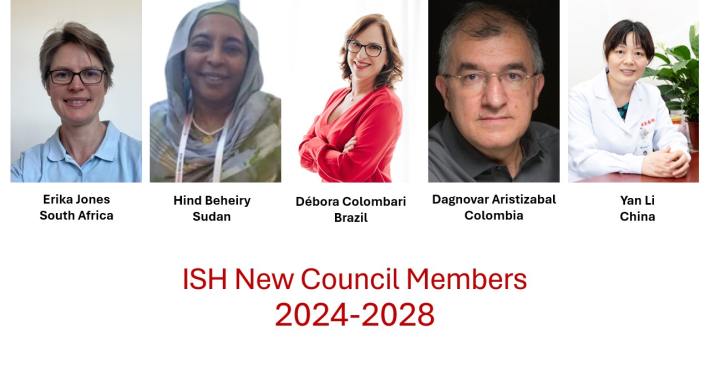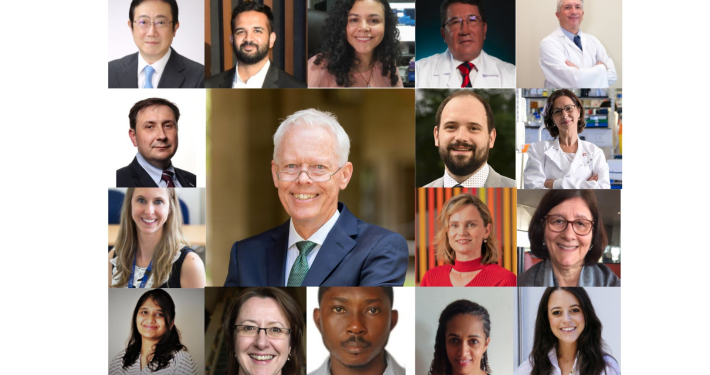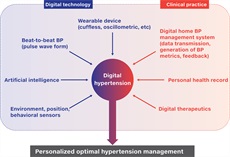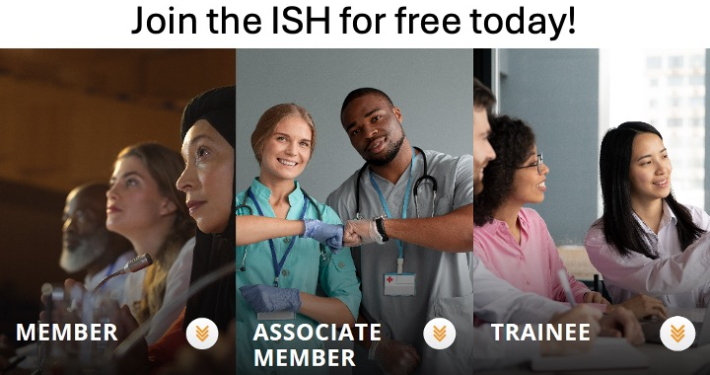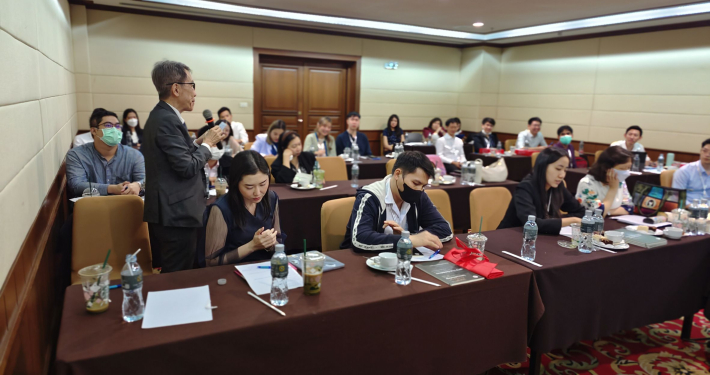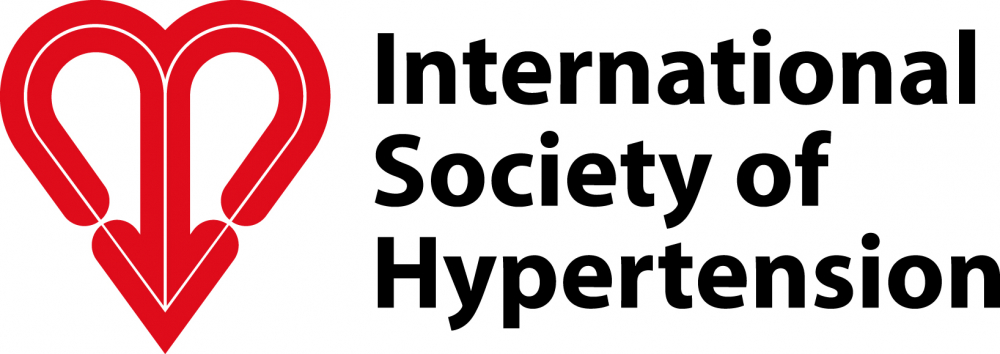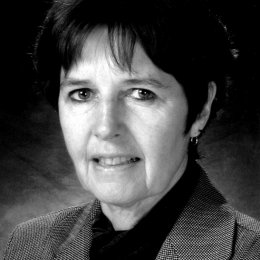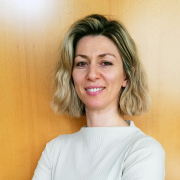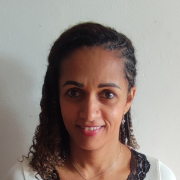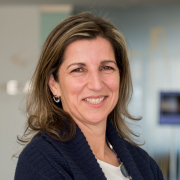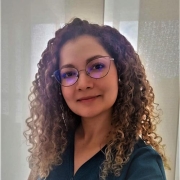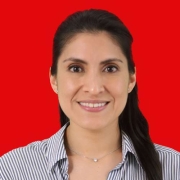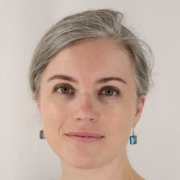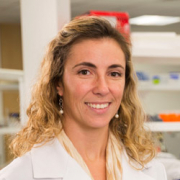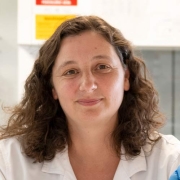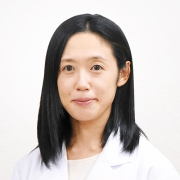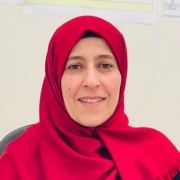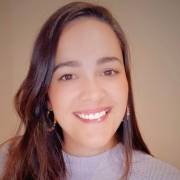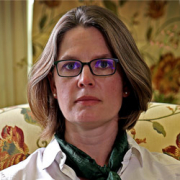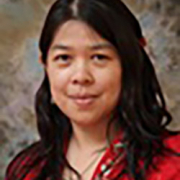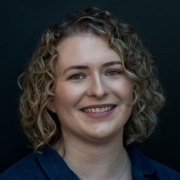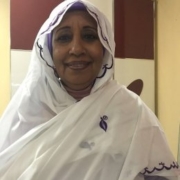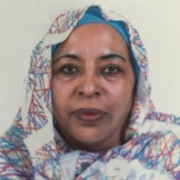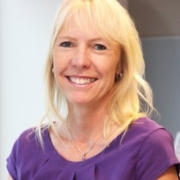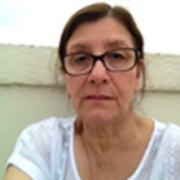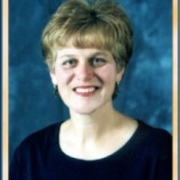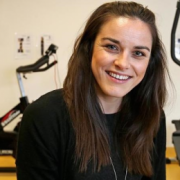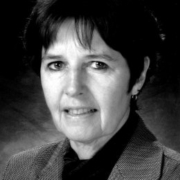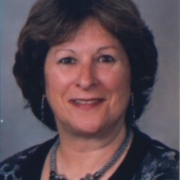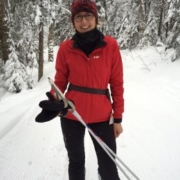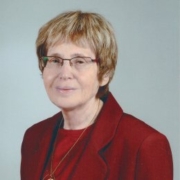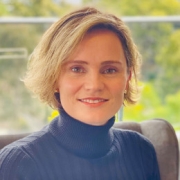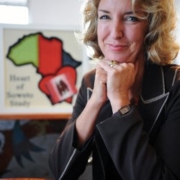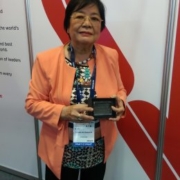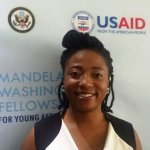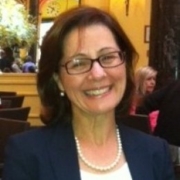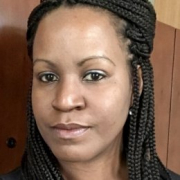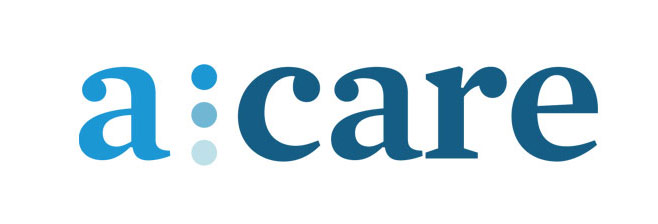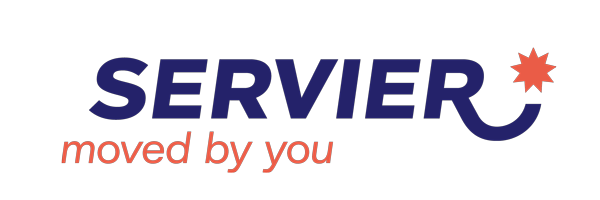- What is your role at your work?
My primary role for the past 20 years has been conducting clinical and translational research. This has required ongoing efforts to compete for extramural funding from several sources including NIH, AHA, and some foundations.
My research focus has been the evolution of hypertension, beginning in the young. This had been an understudied area of hypertension, and it has been both exciting and gratifying to both observe and participate in the expansion of data and knowledge on the early phase of hypertension.
- How did you get interested in your career path?
As a paediatric nephrologist I always measured blood pressure in my patients, beginning at a time when little was known about childhood blood pressure. I began to notice how common it was to find a positive family history of hypertension in young patients.
I spoke to adult nephrologists who were conducting research studies on hypertension. They invited me to participate in some hypertension conferences and also encouraged me to start obtaining blood pressure data on children and adolescents. That led to further connections with other investigators with whom I was able to develop collaborative relationships.
A collaboration that has been very important to me was with Dr. Mitzy Canessa, who was a membrane physiologist at the Brigham/Harvard. Together we did several studies on sodium sensitivity, insulin resistance, and membrane kinetics in the young.
- What are you most proud of in your career or otherwise?
My first manuscript, based on my own independent research, after being rejected several times, was accepted by Harriet Dustan. At that time Dr. Dustan was the new Editor-in-Chief for a new journal called HYPERTENSION. The paper was published in HYPERTENSION volume 1, page 1, 1979.
Other career highlights for me include leading a large group of neonatologists in a project to develop normative blood pressure data in newborn infants. We documented blood pressure levels during the hemodynamic transition during the first few day post birth, including in premature infants, and based on a 95th percentile, defined a blood pressure level for hypertension in neonates. Hypertension detection and management is now included in care of sick infants in neonatal intensive care units.
I had a major role in developing the 2nd, 3rd, and 4th NHLBI Reports on diagnosis, evaluation, and management of hypertension in children and adolescents.
- What important career challenges have you faced and how did you overcome them?
The endless daunting challenges have been obtaining extramural funding to sustain my ability to conduct research. What has helped in overcoming this challenge have been the insights gained by serving on NIH review panels, by working with exceptional collaborators, and by ongoing writing and re-writing applications.
The other major challenge has been making certain I could spend enough time with my children as well as keep on track with work. It was a tricky balance to achieve, but I resolved it by working before they woke in the morning and after they went to sleep in the evening.
- What advice would you give your younger self?
If you really like something you are doing, keep doing it and try to do it better. Never miss an opportunity to lean something because it could become useful sometime. Turn rejection into an opportunity and never give up.
- Highlight your most significant research contributions and publications (3-5) – if relevant to you.
Canessa M, Spalvins A, Adragna N, Falkner B: Red cell Na countertransport and cotransport in normotensive and hypertensive blacks and their juvenile offspring. Hypertension 6:344‑ 351, 1984.
This publication with my colleague Mitzy Canessa provided some insights on heritability of sodium transport and hypertension.
Falkner B, Hulman S, Tannenbaum J, Kushner H, Graeber C: Insulin resistance and blood pressure in young black males. Hypertension 16:706‑711, 1990. Previous reports stated that Blacks do no have insulin resistance. This publication demonstrated Blacks can express that insulin resistance and it is associated with higher blood pressure.
Zubrow AB, Hulman S, Kushner H, Falkner B: Determinants of blood pressure in infants admitted to neonatal intensive care units: A prospective multicenter study. J Perinatol. 15:470-479, 1995. This publication provides data on the normal distribution of blood pressure and it’s determinants in newborn infants.
Cossrow N and Falkner B. Race/Ethnic Issues in Obesity and Obesity-related Co-morbidities. J of Clinical Endocrinology and Metabolism 90:2590-2594, 2004. This review article is of personal relevance as it is a publication with my daughter.
Falkner B, DeLoach S, Keith SW, Gidding SS. Both high risk blood pressure and obesity increase the risk for left ventricular hypertrophy in African American adolescents. J of Pediatrics 162:94-100, 2013. This publication with my colleague Sam Gidding describes independent and additive effects of both obesity and high blood pressure on cardiac mass in adolescents.
- Have you had any significant career mentors? If yes, please provide further details.
Yes. Early mentors were both encouraging and helpful. Dr.Robert Kaye was my Chairman of Pediatrics when I started my first faculty position. He was encouraging but never demanding.
Dr. Gaddo Onestie is one of the early hypertension researchers who introduced me to the Council on Hypertension. He was very helpful to me with starting studies, analysing the data and writing manuscripts.
Evangelos Angelakos was the Chairman of Physiology and hypertension researcher as I was developing new studies. He had developed a primate colony bred for genetic hypertension. He helped in obtaining key instruments and, among other things, he persuaded me to do insulin clamps on some of the primates.
- How can we support the next generation of women scientists?
These are some of my suggestions:
- Provide access to mentors who encourage young women in scientific curiosity and independent thinking.
- Provide guidance in developing key tools for navigating the academic and scientific systems, including developing collaborations and understanding pathways for advancement.
- Provide guidance in strong scientific writing. Help young women learn how to turn rejections into opportunities.
